Uncategorized
-

When attacks on science threaten our survival
Editor in chief Nancy Shute reflects on the proliferation of false information and the importance of combating its spread.
By Nancy Shute -
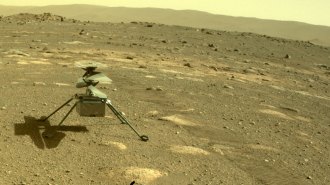 Planetary Science
Planetary ScienceNASA’s Ingenuity helicopter’s mission with Perseverance has been extended
NASA’s Ingenuity helicopter has passed all its tests and is ready to support the Perseverance rover in looking for ancient Martian life.
-
 Anthropology
AnthropologyLittle Foot’s shoulders hint at how a human-chimp common ancestor climbed
The shape of the 3.67-million-year-old hominid’s shoulder blades suggests it had a gorilla-like ability to climb trees.
By Bruce Bower -
 Earth
EarthLightning may be an important source of air-cleaning chemicals
Airplane observations show that thunderstorms can directly generate vast quantities of atmosphere-cleansing chemicals called oxidants.
-
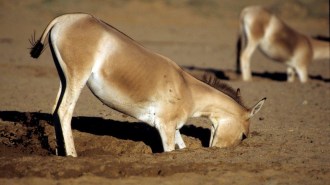 Ecosystems
EcosystemsWild donkeys and horses engineer water holes that help other species
Dozens of animals and even some plants in the American Southwest take advantage of water-filled holes dug by these nonnative equids.
-
 Animals
AnimalsMantis shrimp start practicing their punches at just 9 days old
The fastest punches in the animal kingdom probably belong to mantis shrimp, who begin unleashing these attacks just over a week after hatching.
-
 Physics
PhysicsA clock’s accuracy may be tied to the entropy it creates
A clock made from a thin, wiggling membrane releases more entropy, or disorder, as it becomes more accurate.
-
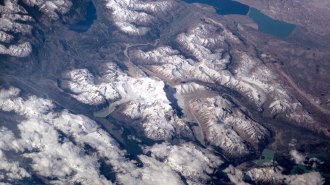 Climate
ClimateClimate change may have changed the direction of the North Pole’s drift
A mid-1990s shift in the movement of the pole was driven by glacial melt, in part caused by climate change, among other factors, a new study reports.
By Sid Perkins -
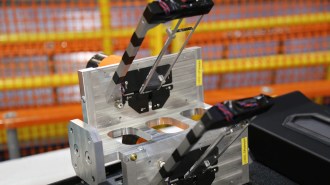 Particle Physics
Particle PhysicsThe thickness of lead’s neutron ‘skin’ has been precisely measured
At 0.28 trillionths of a millimeter thick, the shell of neutrons around the nucleus of an atom of lead is a bit thicker than physicists had predicted.
-
 Health & Medicine
Health & MedicineCOVID-19 can affect the brain. New clues hint at how
Anxiety, depression and strokes can occur after infection, leaving experts to determine how the virus affects the brain.
-
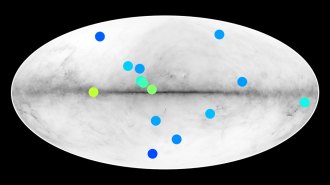 Space
SpaceStars made of antimatter could lurk in the Milky Way
Fourteen celestial sources of gamma rays provide preliminary hints of matter colliding with “antistars” in our galaxy.
-
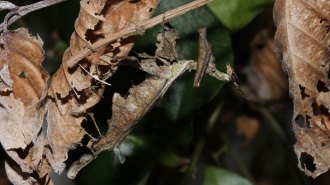 Animals
AnimalsThis praying mantis inflates a strange pheromone gland to lure mates
Researchers stumbled across a first among mantises: an inflatable organ that spreads pheromones, helping mates find each other in the dark rainforest.
By Jake Buehler